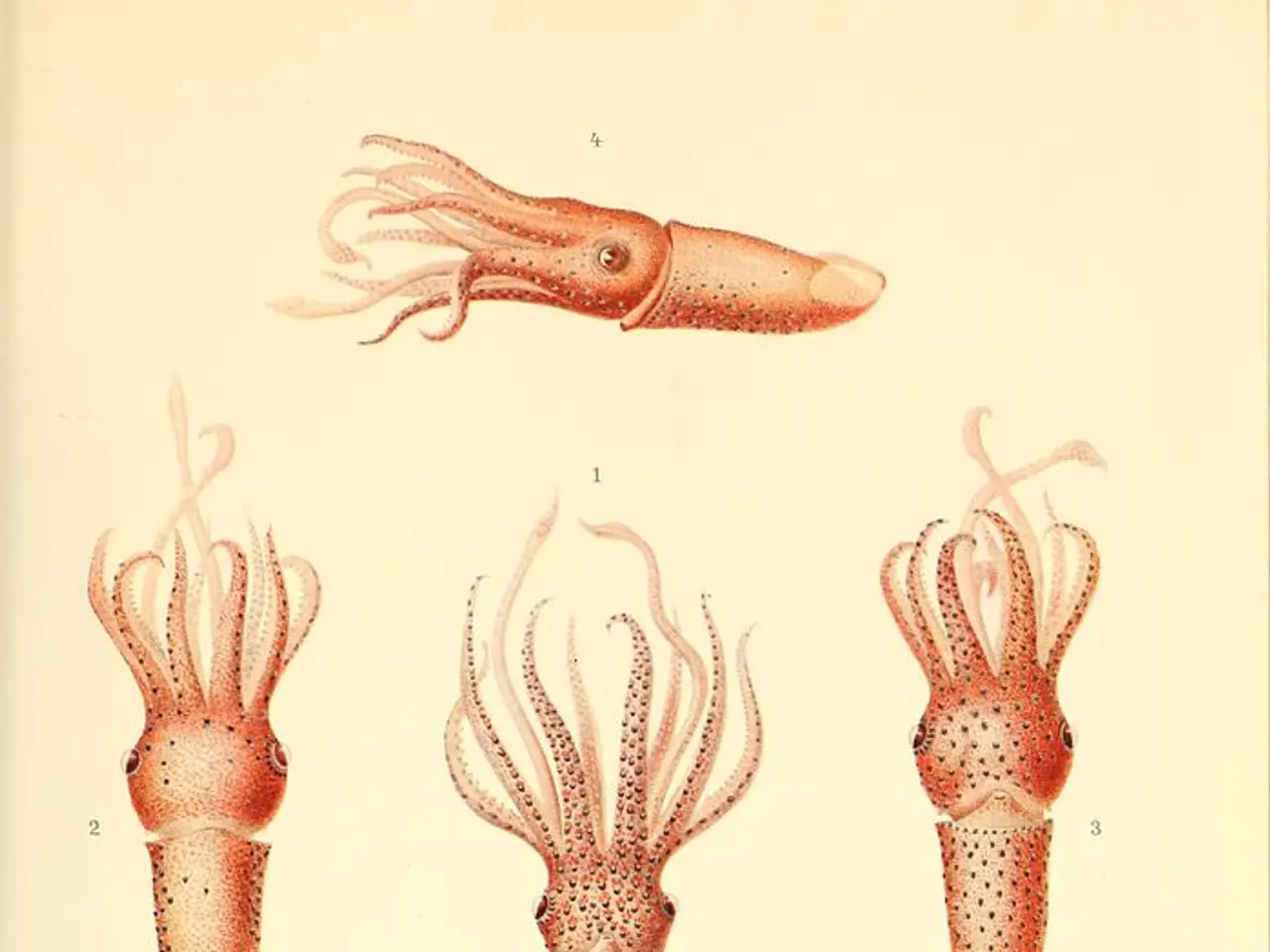Dog Liver Shunts: Symptoms, Causes, and Veterinary Treatment Explanation
In the canine world, liver shunts, particularly portosystemic shunts (PSS), pose a significant challenge. These abnormal blood vessels bypass the liver, preventing it from filtering toxins effectively and properly metabolising nutrients. This article aims to shed light on the identification, treatment, and management of liver shunts in dogs.
**Identification and Symptoms**
Dogs with liver shunts often exhibit neurological signs such as seizures, disorientation, and behavioural changes due to the build-up of toxins in the bloodstream. Other signs include gastrointestinal symptoms like vomiting and diarrhea, poor growth, failure to thrive, and in some cases, jaundice. Early symptoms may be subtle, so veterinary diagnostic imaging (ultrasound, CT scan) and blood work to assess liver function and bile acid levels are essential for diagnosis.
**Treatment Options**
Treatment for liver shunts typically begins with medical management, which includes medications aimed at reducing toxin absorption and supporting liver function. This phase usually lasts several weeks leading up to surgery. The primary definitive treatment is surgical attenuation or closure of the shunt. One effective technique described is the gradual occlusion of the shunt using a hydraulic occluder (HO), where the vessel is progressively closed over weeks to months to avoid complications from sudden blockage.
Postoperative care involves careful home monitoring, follow-up diagnostics, and adherence to veterinary guidance to ensure full recovery and management of any complications. Regular follow-up visits, including blood tests and imaging, are important to assess liver function and ensure the shunt remains closed.
**Home Care and Management After Surgery**
After surgery, closely follow your veterinarian’s or surgeon's instructions regarding medication, diet, and activity restrictions. Monitor your dog for any signs of neurological problems or other symptoms and report them promptly. Continued medical management may be necessary for some dogs even after surgery.
**Preventive Measures**
Feeding a low-protein diet, especially soy protein, can reduce the amount of ammonia produced by the body. Lactulose, an indigestible sugar, can lower the pH of the gut, making it less friendly for bacteria that produce ammonia and promote stool passage to eliminate toxins. Preventing exposure to toxins can also help reduce the risk of acquired liver shunts in some cases.
In conclusion, identifying liver shunts involves recognising neurological and gastrointestinal symptoms and conducting diagnostic imaging and blood tests. Treatment typically starts with medical management followed by surgical gradual attenuation of the shunt, using techniques like hydraulic occluders to allow safe vessel closure. Postoperative care involves careful home monitoring, follow-up diagnostics, and adherence to veterinary guidance to ensure full recovery and management of any complications. Regular health check-ups are important for early detection of liver disease and addressing potential underlying causes.
- Dog owners should monitor their pets' behavior for signs of seizures, disorientation, or changes in behavior, as these could indicate liver shunts.
- In cases of suspected liver shunts, veterinary diagnostic imaging such as ultrasounds, CT scans, and blood work assessing liver function and bile acid levels are essential for a accurate diagnosis.
- Medical management of liver shunts often includes the administration of medications to reduce toxin absorption and support liver function, with the goal of preparing the dog for surgery.
- Surgical treatments for liver shunts aim to gradually close the abnormal blood vessels, using techniques like hydraulic occluders to avoid complications from sudden blockage.
- To help prevent liver shunts, feeding a low-protein diet, especially soy protein, and administering lactulose can reduce ammonia production and create conditions less favorable for bacteria producing ammonia.




